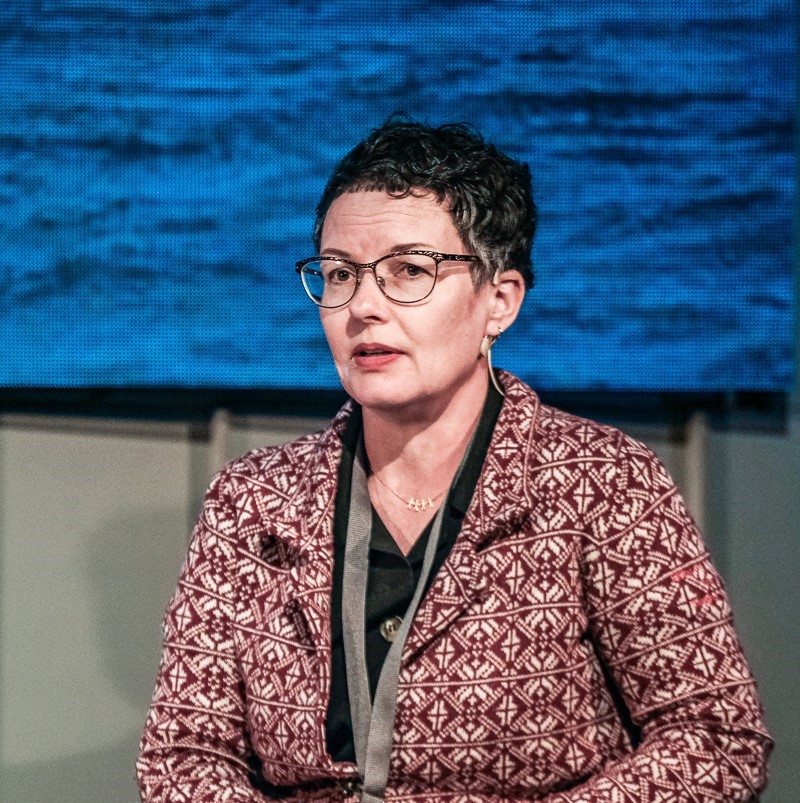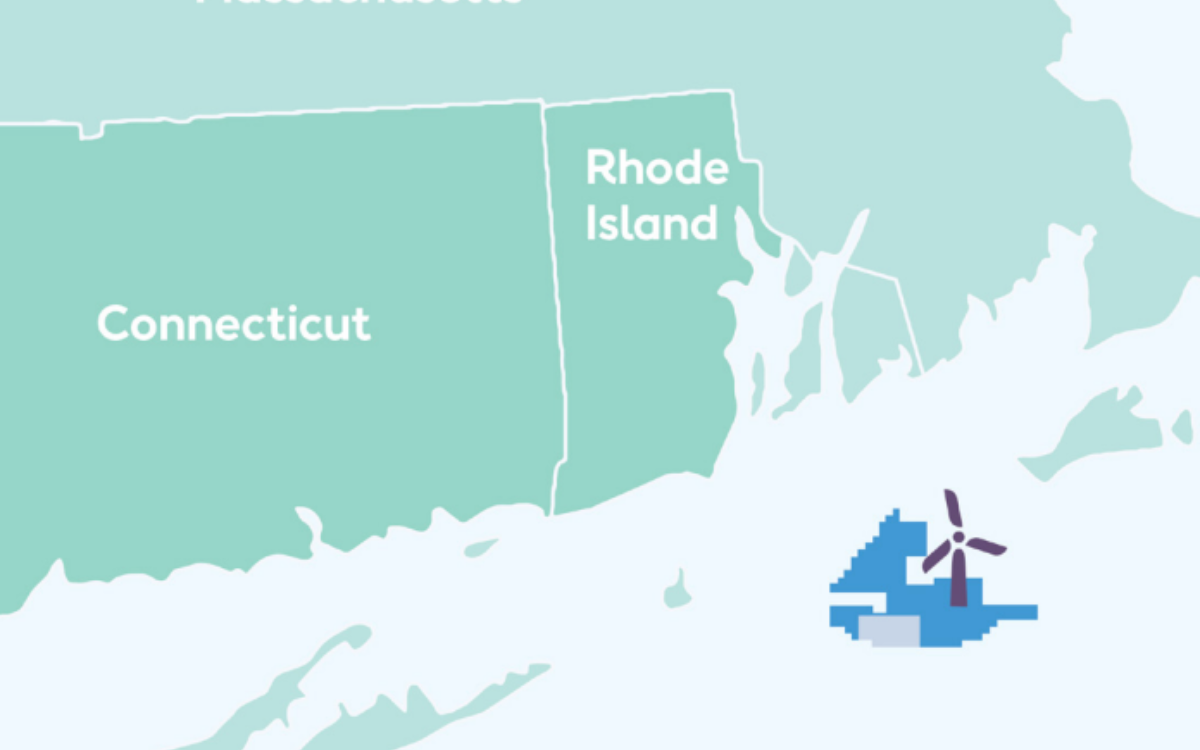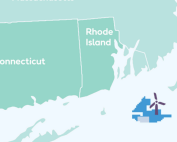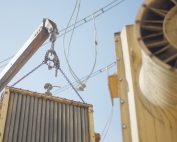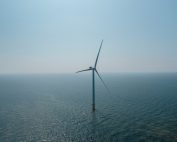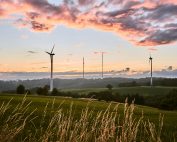Paweł Wróbel, BalticWind.EU: What is the history of location allocation for farm investors in Denmark? How does it currently look like for new sites?
Mette Cramer Buch, Chief Advisor, Centre for Global Cooperation of the Danish Energy Agency: Historically, de-risking has been a focus area for the development of our tender model. It’s been at the centre of our thinking when it comes to offshore wind. The reason for this is that most of the capacity that we have developed in Denmark has been developed in the early days of offshore wind, in a high price scenario. Therefore, it’s been important for our politicians to have price at the centre of the competition. It has been the case that the subsidies have been quite high and it’s been necessary to try to bring down prices. So, de-risking and competition have been at the centre of the way that we think about allocating sites. The industry has done a very good job in bringing down prices over time, but we have also tried from our side to bring down prices via de-risking measures, such as ensuring competition and equal playing field for all investors. We’ve done a lot of investor dialogue in order to understand the concerns of the industry and what we may have unintentionally done to increase prices. That’s one of the key aspects. Another key aspect is permitting. We have tried to make a very lean permitting process. The third thing that I would point to is the fact that we’ve developed the grid and the energy system along with the identification of new offshore wind sites and new needed capacity. That capacity has been identified via energy system modelling and planning. The great plan has also been done when we knew the sites, so it’s sort of been hand in hand planning the future of the energy system in Denmark with the allocation of the offshore wind sites. The majority of the Danish capacity is still envisioned to be carried out via single site tenders. We have done a lot of pre-work to de-risk the projects. We’ve also done the environmental impact assessment, as well as technical and geophysical surveys in order to assist the future owner of the project. Whether that will be part of the future, I’m not sure. We have moved into a zero subsidy regime now, which will be changing the rules and it’s difficult to see exactly how that is going to change future tenders, but I think that tenders will still be our main tool to use offshore wind to achieve the transformation of our green energy system.
How is the permitting process organized in Denmark? What is the Danish Energy Agency’s role?
The permitting process in Denmark starts with the marine spatial planning exercises. Once we do that, we know how much capacity we need from the energy modelling. Then, in collaboration with the authorities from relevant ministries, we discuss where this capacity is best placed depending on the other authorities’ needs, constraints and where we find that the sites would be best placed. That very early dialogue carries over into our permitting system. The Danish Energy Agency is at the centre of permitting. We have this one-stop-shop concept where we issue, from the Danish Energy Agency, a joint licence on behalf of all of the authorities. It’s important to clarify that we do not take over any responsibility from other authorities. The other authorities still have the legislative mandate and the knowledge related to their areas. Basically, we, as the Danish Energy Agency, are in charge of creating the licence and getting the input from the other authorities, but we don’t interfere with their legislative areas and such. We’re like the leader of the project. So, I think that the main point here is that the dialogue between authorities and Denmark starts with marine spatial planning and we assist the projects in getting the licences that they need from all the authorities. We sort of serve as a one stop shop so we can assist the investor and make it easier than if they needed to approach all of the authorities themselves. From our point of view, that saves a lot of work and time for the developer. Actually, since we do the joint permit in our tender process, we create this licence before the project is tendered out, to the extent that we are able to do so. There will always be details that we can’t know until we see the specific project. But to the extent possible, we carry out this whole dialogue with other authorities before we tender out the project so that the developer knows exactly what the constraints on the project are upfront, before they even become the owner of the project. That’s something that we know that investors have appreciated a lot.
You can read the full interview in BalticWind.EU Quarterly Country Report Poland Q4 2022.
